By Christopher Miskimon
 On May 11, 1745, 15,000 British troops marched into battle at Fontenot in two lines and reportedly in perfect order. These soldiers possessed a solid reputation for professionalism and skill with their muskets. If they could close with their French opponents and engage them in open battle, victory was all but assured. The French commander, Maurice, Comte de Sade, determined to deny the British that opportunity. Knowing his infantry could not match the Englishmen, he set a trap for them. Maurice used natural features of the terrain, set up redoubts and other field fortifications, and guided his enemy into defeat. When the British withdrew, they left 6,000 dead and wounded on the field. Their lives were a blood price the British Army paid to regain its capability in the modernizing art of warfare.
On May 11, 1745, 15,000 British troops marched into battle at Fontenot in two lines and reportedly in perfect order. These soldiers possessed a solid reputation for professionalism and skill with their muskets. If they could close with their French opponents and engage them in open battle, victory was all but assured. The French commander, Maurice, Comte de Sade, determined to deny the British that opportunity. Knowing his infantry could not match the Englishmen, he set a trap for them. Maurice used natural features of the terrain, set up redoubts and other field fortifications, and guided his enemy into defeat. When the British withdrew, they left 6,000 dead and wounded on the field. Their lives were a blood price the British Army paid to regain its capability in the modernizing art of warfare.
Military reform is often a dry and tedious subject. Here, the author uses historical examples to relate how these reforms and transitions occurred as British soldiers put theory into practice on the battlefield. The 18th and 19th Centuries were a time of great changes and the army had to change to stay relevant to achieve the victories the empire needed for its expansion and success. This book effectively lays out how that occurred over more than a century of conflict.
The Wandering Army: The Campaigns that Transformed the British Way of War (Huw J. Davies, Yale University Press, New Haven CT, 2022, 500 pp., maps, photographs, notes , bibliography, index, $38, hardcover)


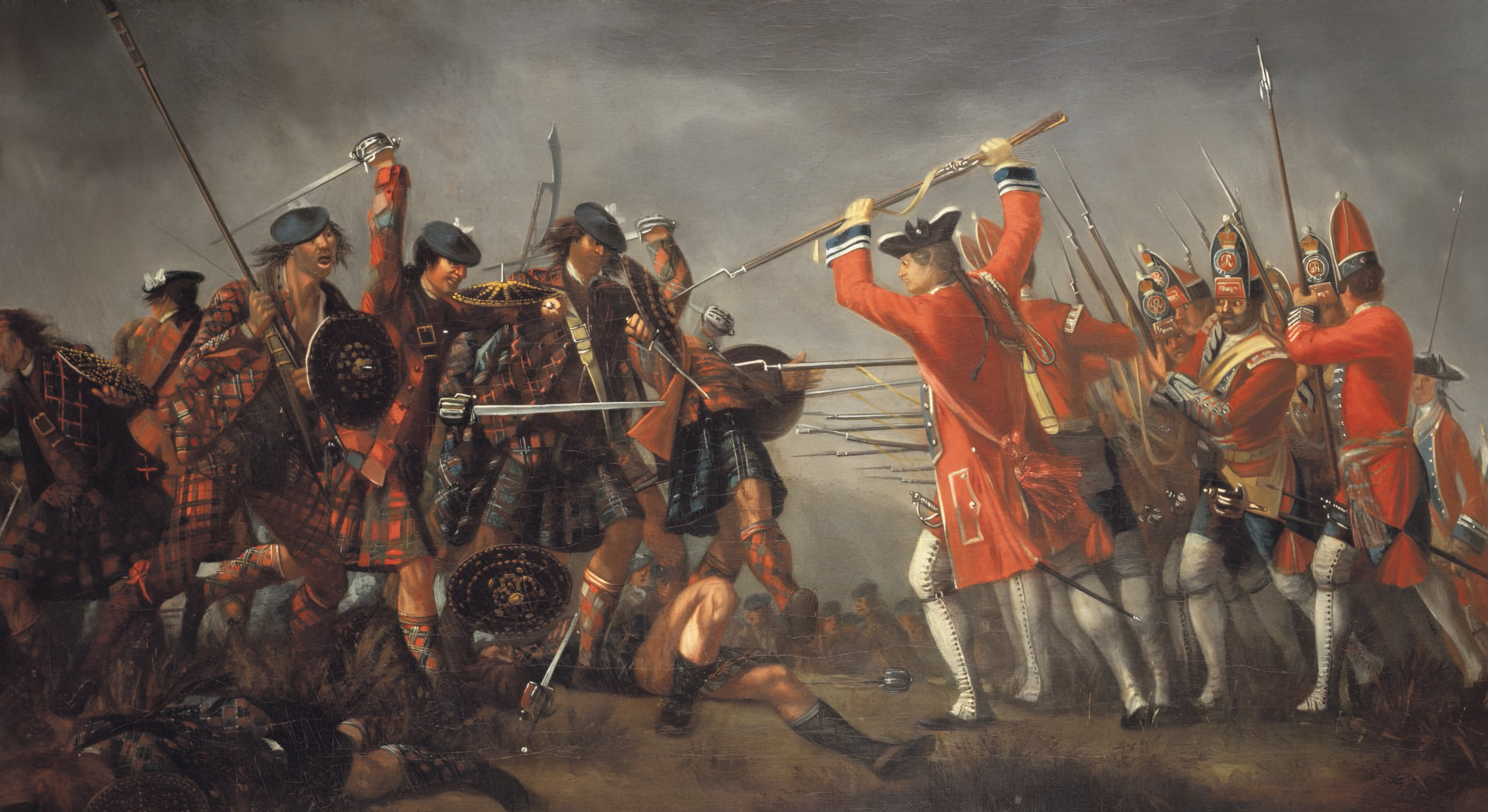
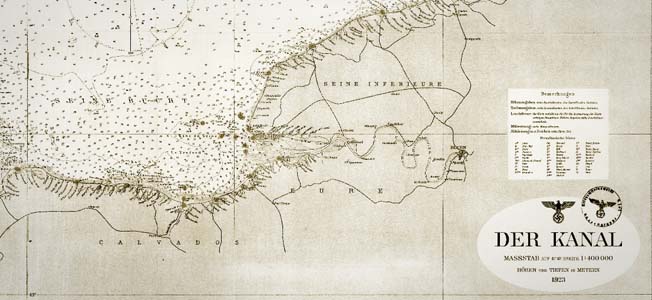
Join The Conversation
Comments
View All Comments